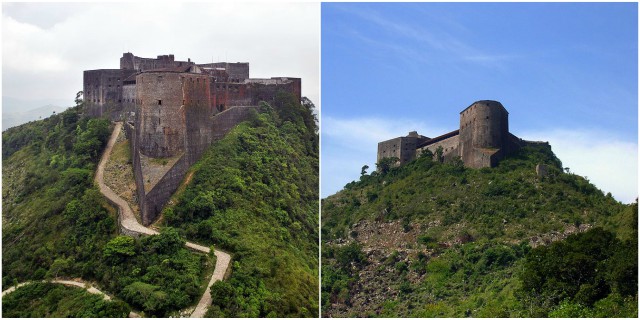The Citadelle Laferriere is an exceptional monument and historical site in the region of the Caribbean. It stands at the top of the mountain Bonnet a L’Eveque, on the northern coast of Haiti, symbolizing the Haitian slave revolution, liberty, and independence.
The construction of the Citadel was ordered by Henri Christophe, who ruled the northern part of Haiti, and the designer was Etienne Henry Barre and Henry Beese. When Haiti proclaimed independence in 1804, Henri wanted to build a strong defensive castle which would serve as protection from the French attacks. One year later, in 1805, the construction of the Citadel began.
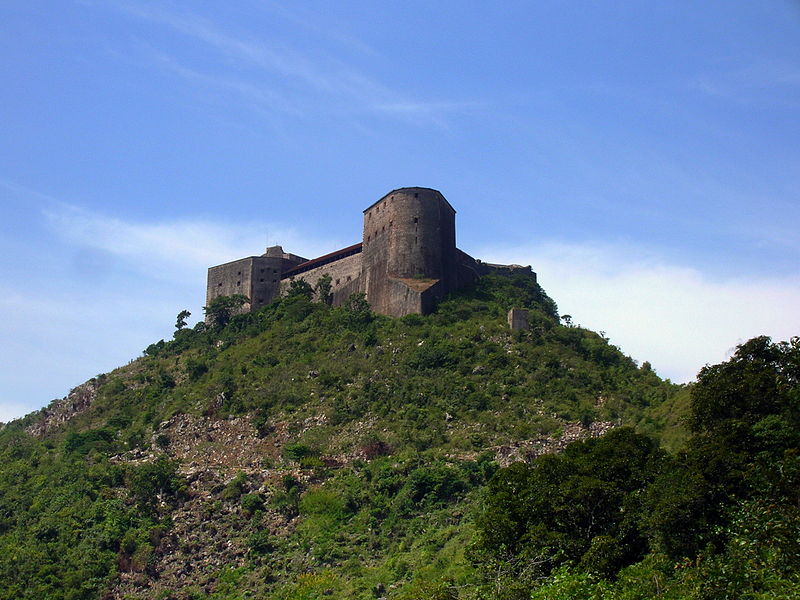
Around 20 000 former slaves participated in the construction of the Citadel which lasted for almost 15 years. Around 10 percent of the slaves died during the process of construction. This is why many Haitians believe that there is human blood in the Citadel’s mortar.
Citadelle Laferriere is an architectural miracle. The walls of the castle are nearly 40 meters high and 4 meters thick. The main material that was used for the building of the Citadel was stone along with molasses, quicklime, and blood from local animals.
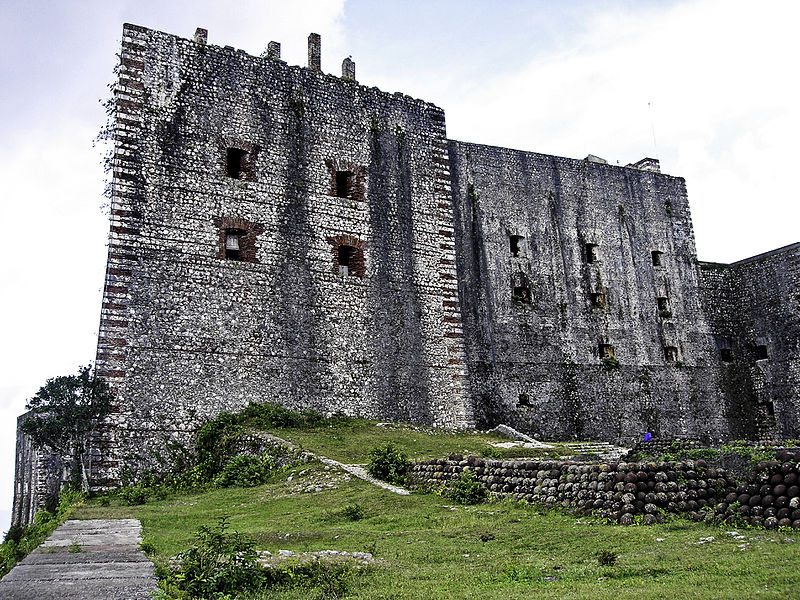
The Citadel was equipped with more than 360 cannons of different size, and a large number of cannon balls which can be found around the Citadel even today.
Inside the fortress palace, there were living areas for the king and his family, large food storehouses, bathing facilities, baking ovens, distillery, military barracks, dungeons, etc. The large storehouses could hold enough food to sustain almost 5000 people per year.
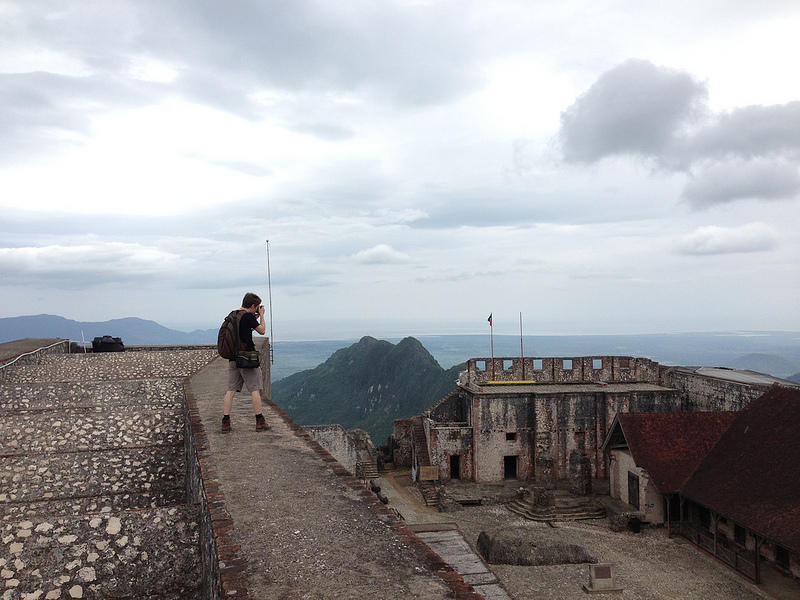
Built on the top of a high mountain, the Citadel offers a magnificent view of the area. From the top of the fortress, the Atlantic Ocean can be seen. Some say that on clear days it is even possible to sight the eastern coast of Cuba. Such a view helped Haitians to detect any possible attacks and prepare for defense.
The construction of the Citadel was finished in 1820. Shortly after, King Henri committed suicide in order to avoid facing the revolt that was raised against him. His body remains are in one of the Citadel’s courtyards.
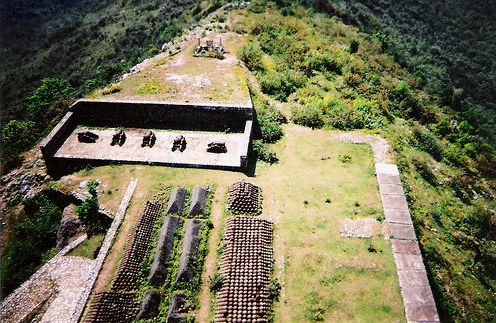
Citadelle Laferriere never saw a battle, because King Henri died and the French never attacked again.
The Citadel fought off many hurricanes and earthquakes. In 1842, it was greatly damaged by an earthquake. After the earthquake, it was abandoned and the vegetation gradually covered it until restoration works took place from 1979 to 1990.
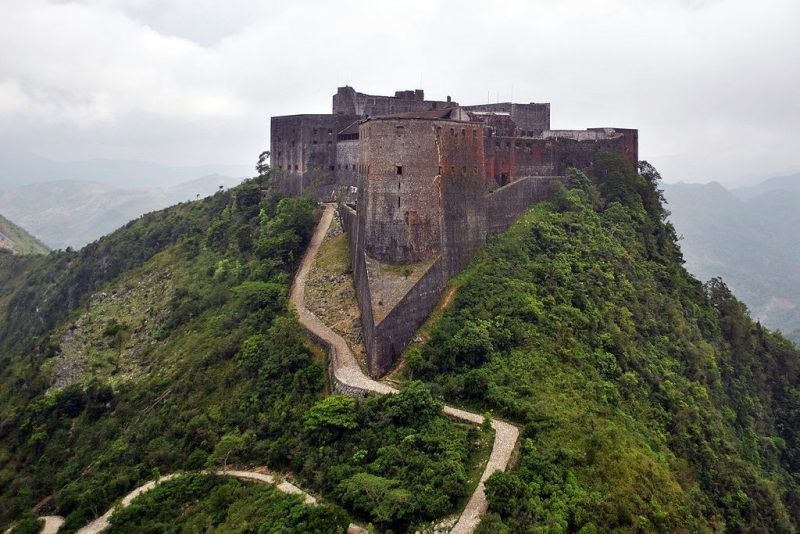
Today, visitors can explore most of the interior of the Citadel. It is a national pride that features currencies and stamps of the country.
Haitians consider it as the 8-th wonder of the world. It is also known as the first monument constructed by black slaves which had gained their freedom. Since 1982, Citadelle Laferriere has been a UNESCO World Heritage Site.
